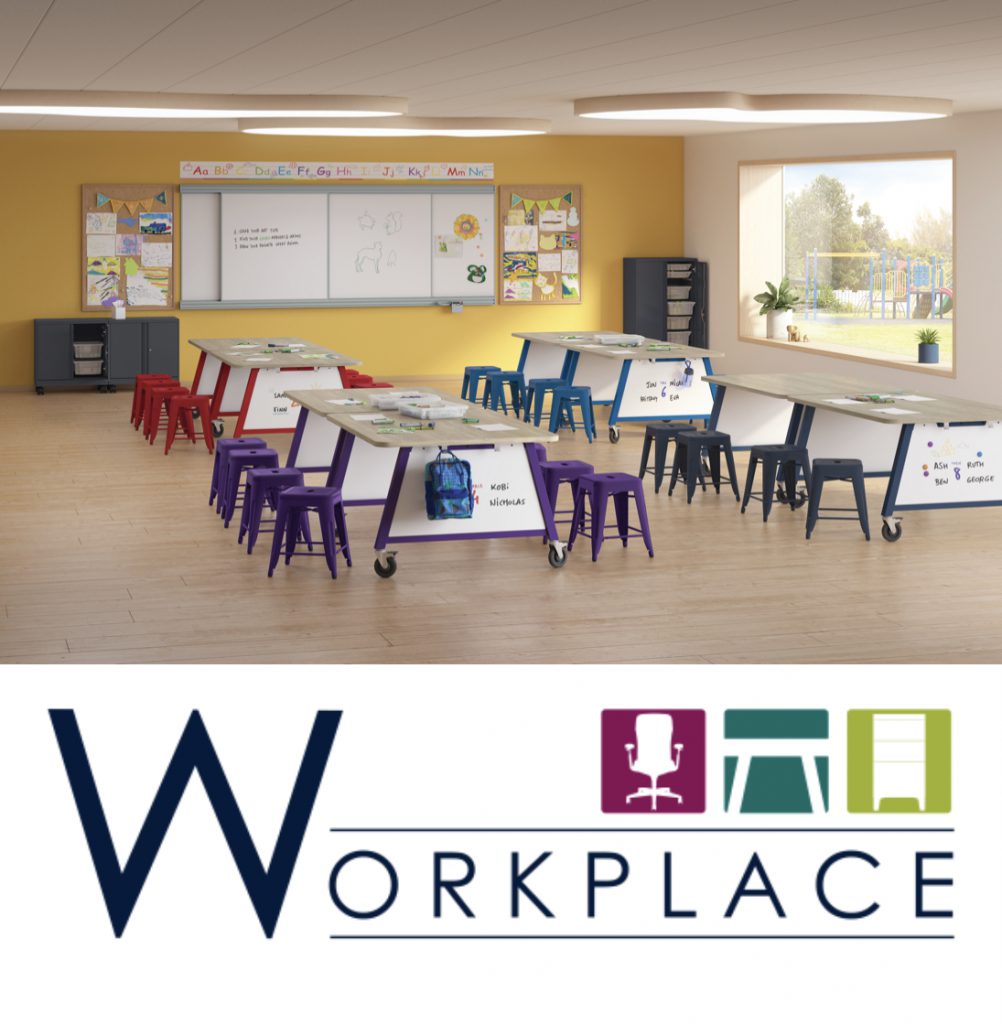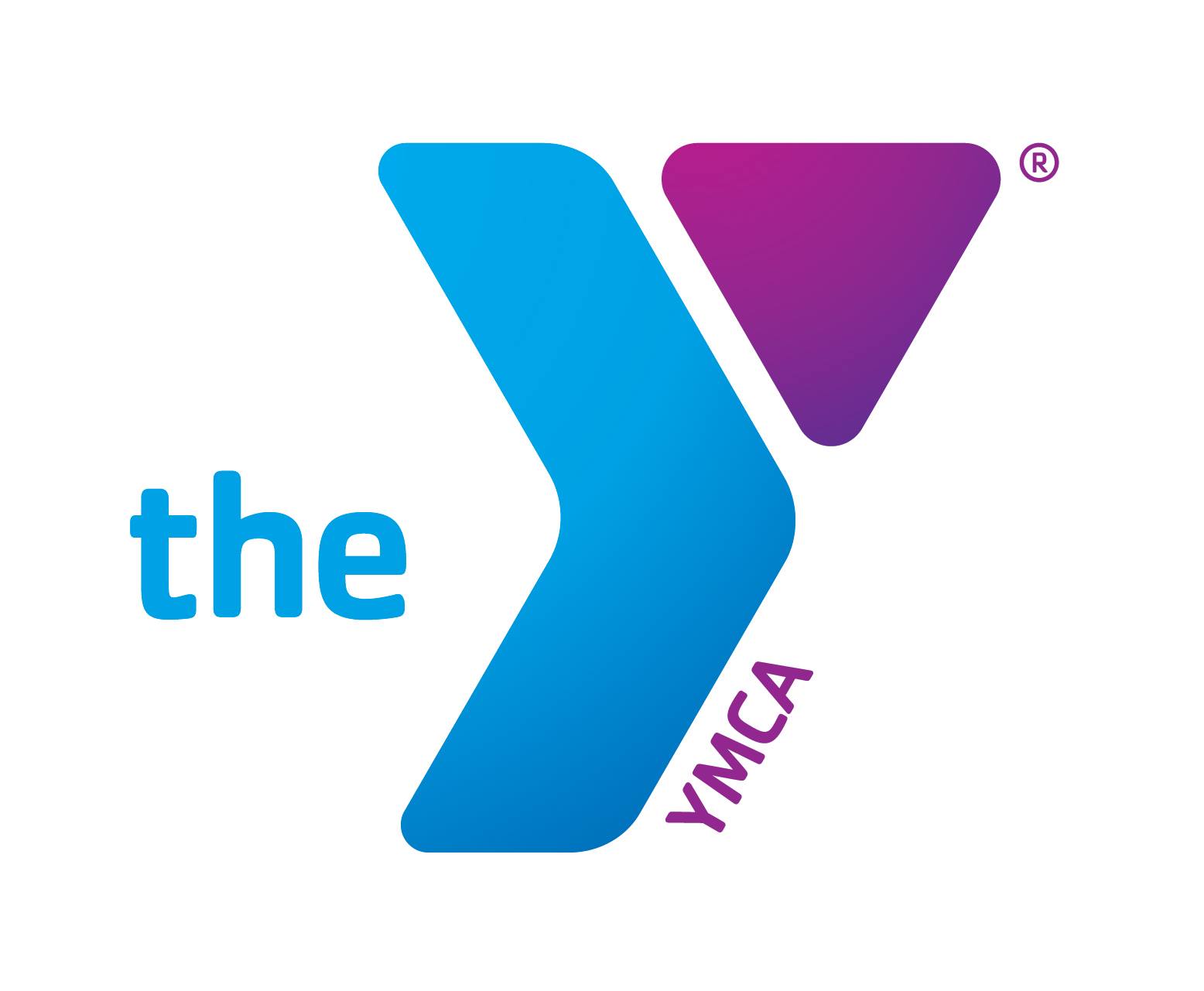The classroom can and should be a place to learn, grow, and inspire both students and their educators. Although this year may be different, a quality learning environment is still our top priority, and with the right design creating a fun and engaging learning zone is possible.
What is a learning zone? A learning zone is a space within the classroom that allows students and their teachers to collaborate, learn, and discover. Implementing a learning zone into school curriculum serves both individual students and the classroom group as a whole. Learning zones are smaller learning areas created out of one larger classroom that incorporate different types of activities into each zone. One zone may be a student-to-student teamwork style activity, while the other may be teacher-led learning.
What are the key components of a learning zone?
Storage plays a large role in many tasks throughout the learning environment. Learning zone storage can be tailored to a particular task or it can be used to house items for each individual student in the zone. It’s important to choose storage products that are designed with versatility in mind – storage solutions that can be assigned to individual students who can place them under their desk or in another designated area, or that can carry the products with them from zone to zone. This is specifically important in a time when cleaning and safety protocols are a top priority.
Seating is another key component when furnishing learning zones. Incorporating a variety of seating that can be used for static seating or an active zone is important for all learning environments. Younger students are drawn to furnishings that allow them to fidget and move, as they can't sit still for long periods. Fidget stools or poufs offer great solutions for the active learners, while a more formal seating solution that incorporates different sizes and colors can add a fun flair to focused and static learning zones.
Building a learning zone that supports collaboration means incorporating versatile furnishings. Student desks should encourage creativity and adaptability so students can engage in collaboration and social interaction in groups, or easily break out into individual work or focused study time. Incorporating desks that are lightweight, durable, reconfigurable, and customizable is important to supporting versatility in the classroom.
WORKPLACE is here to help you get back to school with top quality furnishings for a fun and engaging learning environment. Contact us for a free and safe consultation! www.workplacevb.com



























